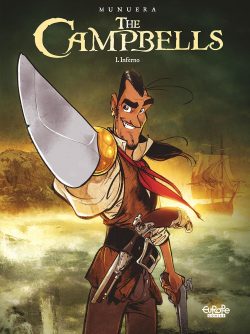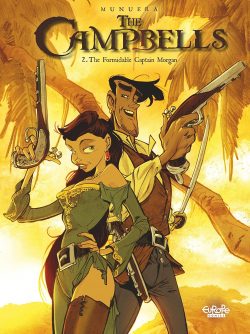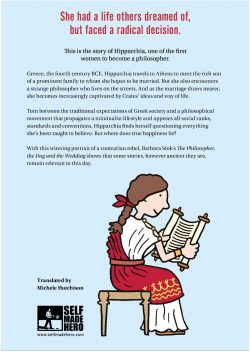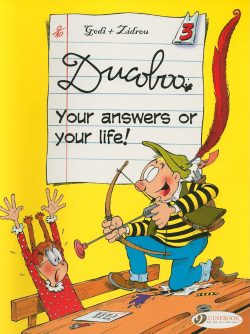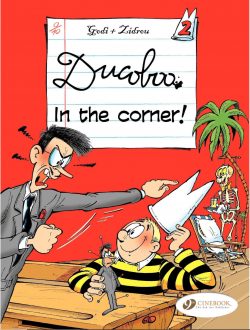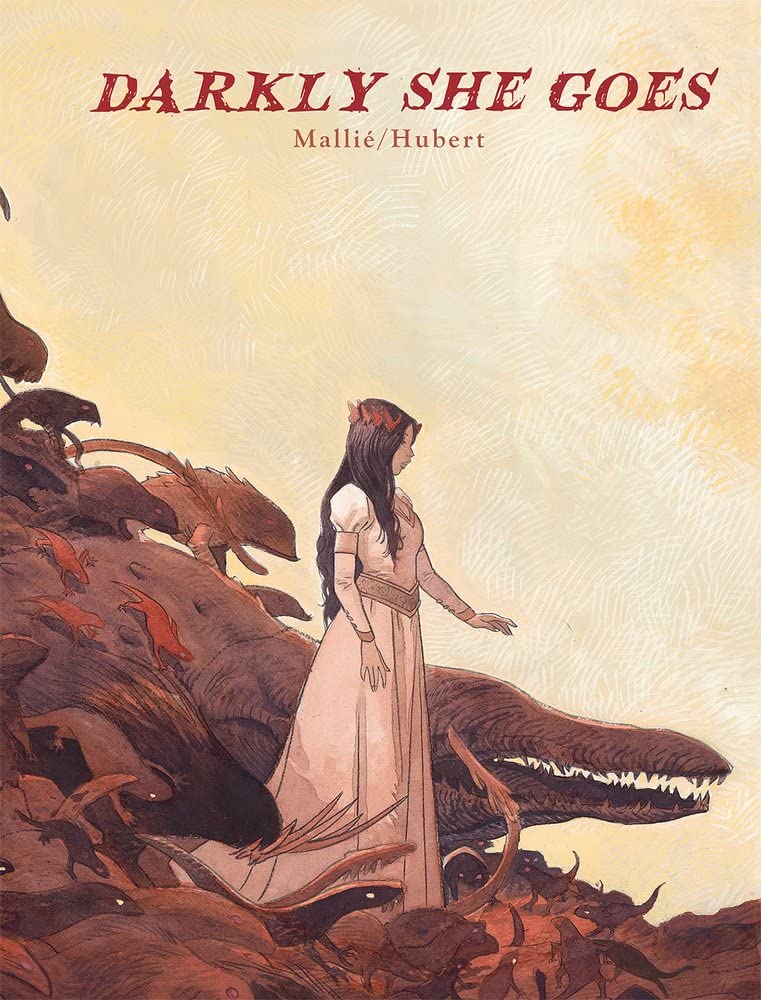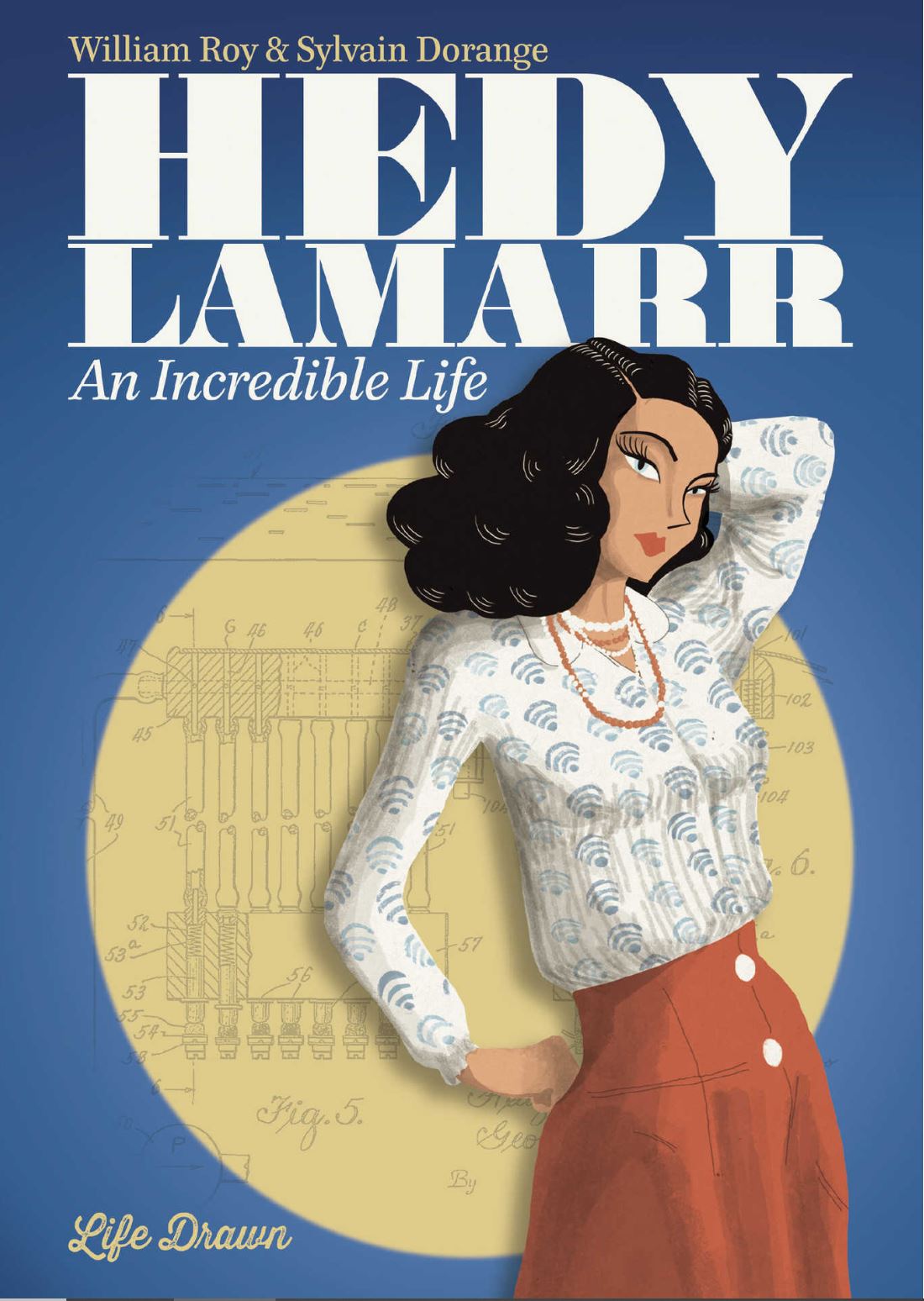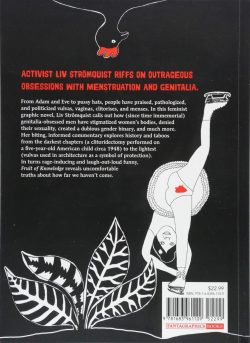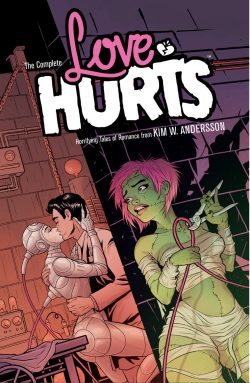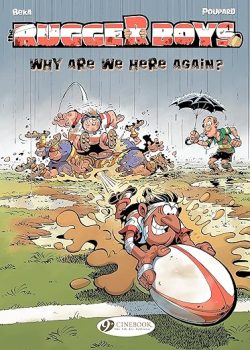
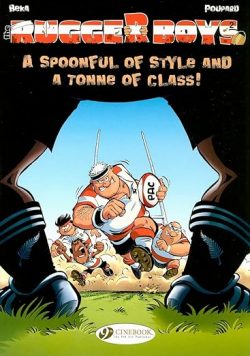
By Béka & Poupard: coloured by Sylvain Frecon, Murielle Rousseau & Magali Poli-Rivière & translated by Luke Spear (Cinebook)
ISBN: 978-1-905460-33-5 (Album PB/Digital edition v1) 978-1-905460-44-1 (Album PB/Digital 2)
Time to cash in on a global sporting event again. We must do a cricket, ping pong or skateboarding feature one day…
Human beings and – according to the internet – a huge variety of our pets and animal housemates seem obsessed with and revel in chasing balls about. So much so that we/they even apply a range of complex rules to the sheer exhilaration of the process, just to make things more difficult and artificially extend proceedings.
We call it sport and when it’s not hugely thrilling and deadly serious it can be hilariously funny…
Comics over many decades and throughout the world have often mined our obsession with assorted games for secondary entertainment value and these Cinebook tomes detail in dramatically humorous manner stunning strips starring a dedicated amateur team of French gladiators, all painfully enamoured of the manly (and womanly and British-originated, let’s not forget) oddball pastime dubbed Rugby.
Les Rugbymen was created in 2005 by writing partnership Bertrand Escaich & Caroline Roque under their collaborative nom de plume Béka (Studio Danse, Les Fonctionnaires) in conjunction with self-taught illustrator Alexandre Mermin, who generally labours under the pseudonym Poupard (Chez Gaspard, Les Brumes du Miroboland). The resulting flurry of short sharp gags and extra-time yarns have filled 20 albums thus far with another due any day now, and there’s even a junior league spin-off which began in 2010 entitled Les Petits Rugbymen…
On n’est pas venus pour être là! was the third Euro-volume but as Why Are We Here Again? was the first to be translated by Cinebook… probably because it features a brief sporting tour of England. Pithy, gritty and very funny, it perfectly encapsulates the passion, toil and sheer testosterone-fuelled idiocy which can warp normally rational folk.
Our stars are a few dedicated souls faithfully enjoying the trials and welcome tribulations of club rugby (and that’s Rugby Union, right?) as played by the stalwarts of fictional south-western French town side Paillar Athletic Club, affectionately known to their frankly obsessive fans as The PAC…
As seen on the introductory page, the usual suspects generally manifest as intellectually compromised “Hooker” Lightbulb, Herculean “Prop” Fatneck, 2nd Row star The Anaesthetist, dashing sex-crazed Back Romeo and Scrumhalf/Captain The Grumpster, all regularly adored and vilified by The Coach who never lets his speech defect get in the way of a good insult to the dozy slackerrrs…
All you need to know is that these guys are bold, sturdy and love food and drink as much as they do smashing each other into the mud…
Their exploits are generally delivered as single page sequences, lavishly, lovingly and outrageously illustrated and jam-packed with snippets of off-kilter slapstick to supplement the main gag and the dramatic material. Content is almost everything you’d expect from such a fixture: big beefy blokes in very small towels, lots of booze-fuelled gaffes, bizarre eating eccentricities, what we Brits refer to as “knob-jokes” and mutual sportsmanlike skulduggery of the sort that has permeated all games Real Men compete in…
However, also on display are a profusion of smartly-planned running gags and truly effective comedic gems such as the well-meaning meatheads’ ongoing efforts to help Lightbulb find “love”, Romeo’s constant comeuppances from husbands, boyfriends and employers unhappy with his off-pitch assignations and The Coach’s eternal battle to whip his doughty but dopey band of idiots into a team he can be proud of…
As previously mentioned, this collection also contains a wry, preconception/prejudice-confirming international excursion when The PAC accept an offer to play a friendly match against British college side Camford. As well as a chance to pummel the despised English, there’s the promise of seeing a Six Nations match to offset the unbearable pain of living on the foreigners’ appalling food and pathetic beer…
The Rugger Boys volume 2: A Spoonful of Style and a Tonne of Class
Continentally the fifth outing, On va gagner avec le lard et la manière was the second (and, thus far, last) translated Cinebook tome – once again probably because it features brief sporting excursions to lesser English (sort-of) speaking nations Scotland and New Zealand.
As such it perfectly recapitulates the passion, toil and sheer testosterone-fuelled idiocy which can warp normally rational folk.
The titular Union Rules stars Romeo and The Grumpster are joined by character-expanded players like precocious Centre Hugo – The Engineer – Cap, and 2nd Row veteran Freddy – The Anaesthetist – Bones whilst The Coach now has a name to be cursed by – Bernard Farmer. He still never lets his barrrrbarous accent get in the way of a good insult or pithy instruction to the dozy slackerrrs…
These guys are bolder, funnier and sturdier – because they still love to eat and drink as much as they do spending every weekend in sanctioned unarmed combat. This time however equality reigns and there’s a succinct glimpse of the Paillar Athletic Ladies Team too, and you can share the lads’ first turbulent TV appearance too…
Mostly, however, on display is a profusion of smartly-planned running gags and compact comedy gems like the well-meaning meatheads’ further efforts to help Lightbulb find love, more of Romeo’s confrontations with other people’s significant others, and employers unhappy with his off-pitch Tries, plus the woebegone touchline medic’s miserable life and Coach’s eternal battle to make sporting gold from part-time dross…
This time kick off leads to an extended origin story revealing how the playful imps they once were turned a boring school lesson into a life-changing indoor match: thereby forming sporting bonds that last a lifetime…
As promised, this fixture includes a brief tour of Scotland, offering a broad belt of new experiences from braw brews to fine-foods-&-bonnie lassies, to life-changing injuries, before concluding with a bombastic whistle-stop tour of the Antipodes when The Pac are generously invited to visit the mighty New Zealand All-Blacks at home, after the Rugby World Cup concludes…
Mostly though it’s always about mud, mauling, getting stuffed and getting smashed – in every sense of the term…
Fast, furiously funny and splendidly boisterous, these cartoon antics might even inspire dedicated couch-potatoes to get out of the house… unless they order books and dinner online…
© BAMBOO EDITION, 2006, 2007 by Béka & Poupard. All rights reserved. English translation © 2007 Cinebook Ltd.

